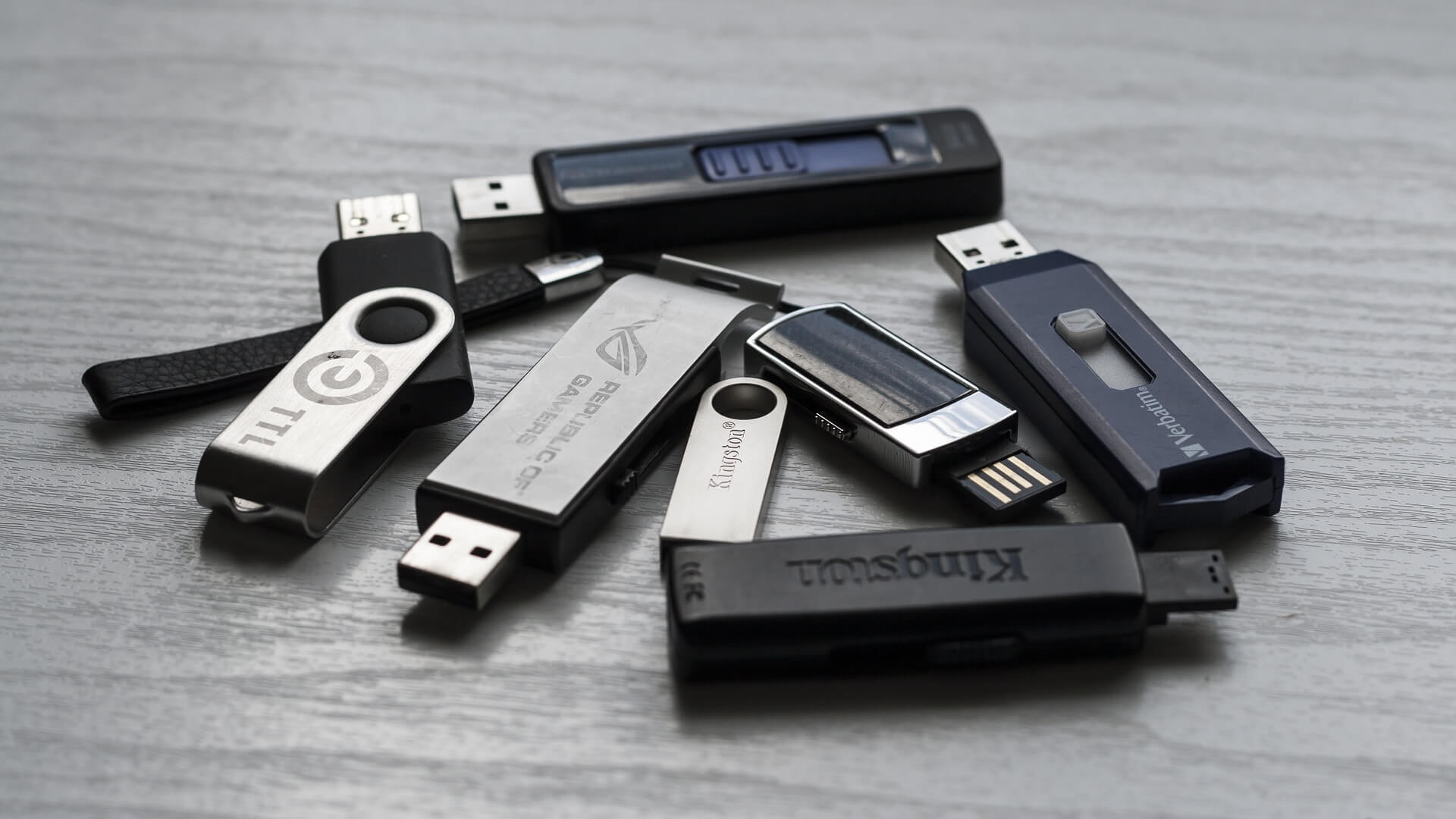

- #USB COPY PROTECTION TOOL PRO#
- #USB COPY PROTECTION TOOL SOFTWARE#
- #USB COPY PROTECTION TOOL PASSWORD#
All you need to do now is click on the protected USB drive and select “Turn Off BitLocker.” Enter the password or select other options and choose to enter the recovery key.Right-click on the icon and go to “Manage BitLocker.” This step takes you to the BitLocker Drive Encryption window, where a list of all storage units and their encryption status display.

If the icon has a padlock, BitLocker was enabled for the device.
#USB COPY PROTECTION TOOL SOFTWARE#
The software primarily gets used for internal drives, but it can also encrypt USB sticks/drives.
#USB COPY PROTECTION TOOL PRO#
Turn Bitlocker Off to Disable Write ProtectionĮver since Windows 7, BitLocker has been integrated into Windows 7/Vista Enterprise and Ultimate, and Windows 8 and above Pro and Ultimate editions to protect your data with encryption. If there’s no switch (most common), or you still can’t write to the USB, you’ll need to employ other methods. If that works, your problem is solved, and all you need to do is ensure the switch doesn’t accidentally get moved in the wrong position again.

Take the USB stick you’ve tried to write to and look for that switch, usually located on the side, and it might also be labeled as “Lock” or “Write Protection.” Switch it to the other position, reinsert it, and then transfer data to the memory stick again. Some data storage units have a physical switch for toggling write protection on or off. A Universal Solutionīefore we go into details about write protection removal in different operating systems, there’s one thing to check first. There’s even a solution if you’re working on a Chromebook. Luckily, there are quick and easy methods to solve the write protection issue, whether you’re on a Windows PC or a Mac. Failed write attempts can be quite an inconvenience on a USB stick.


 0 kommentar(er)
0 kommentar(er)
